Navigating Tree Disputes with Neighbors: A Friendly Guide
Introduction: When Branches Become Boundaries
Picture this: You're sipping your morning coffee in your Southern California backyard, enjoying the warm sunshine. Suddenly, a large branch from your neighbor's tree crashes onto your patio furniture. Sound familiar? If you're a homeowner in SoCal, you might have encountered similar scenarios. Tree disputes between neighbors are more common than you might think, and they can quickly turn a peaceful neighborhood into a battleground of property rights and personal preferences.
A Tale of Two Neighbors: The Overhanging Oak
Let me share a story that might resonate with you. My neighbor, Tom, and I had been on great terms for years. That is, until his majestic oak tree started to extend its branches over my property line. At first, I didn't mind the extra shade, but soon leaves were clogging my gutters, and a particularly heavy branch was dangling precariously over my kids' play area. What started as a minor inconvenience grew into a full-blown disagreement that threatened our friendly relationship.
This experience taught me the importance of understanding tree-related laws and proper conflict resolution. In this guide, I'll walk you through everything you need to know about handling tree disputes with neighbors in Southern California. From legal rights to practical solutions, we'll cover it all. So, let's dig in and root out those tree troubles!
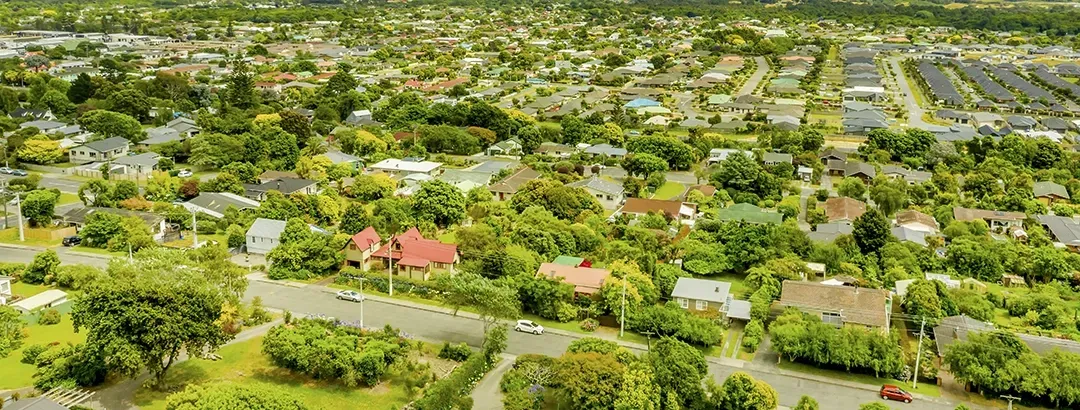
Understanding Tree Ownership and Responsibility
Who Really Owns That Tree?
Before we branch out into the specifics of tree disputes, it's crucial to understand who actually owns the tree in question. In Southern California, as in most places, tree ownership is typically determined by where the trunk of the tree is located. If the trunk is entirely on your property, congratulations - you're the proud owner of that tree! But what if the trunk straddles the property line? In such cases, it's usually considered a "boundary tree," and both you and your neighbor share ownership.
Your Rights and Responsibilities as a Tree Owner
Owning a tree isn't just about enjoying its beauty and shade. It comes with a set of responsibilities, especially when it comes to your neighbors. As a tree owner in Southern California, you're generally responsible for:
- Maintaining the health of your tree
- Ensuring it doesn't pose a safety risk to your neighbors
- Trimming branches that extend over property lines (within reason)
- Cleaning up fallen leaves and debris from your tree
Remember, with great foliage comes great responsibility! Understanding these basics can help prevent many conflicts before they even start.
Common Tree-Related Conflicts Between Neighbors
Now that we've covered the groundwork, let's explore the most common types of tree disputes I've encountered in Southern California. Recognizing these issues can help you nip potential problems in the bud.
Overhanging Branches and Encroaching Roots
This is probably the most frequent cause of tree-related neighbor disputes. When branches from your neighbor's tree hang over your property, or when roots start to invade your garden, it can lead to a variety of issues. These may include:
- Damage to structures like fences or foundations
- Interference with your own landscaping plans
- Potential safety hazards from weak or dead branches
In Southern California, you generally have the right to trim branches or roots that cross onto your property, but only up to the property line. However, you must be careful not to cause unnecessary harm to the tree.
Fallen Leaves and Debris
Those beautiful deciduous trees that provide shade in the summer can become a nuisance in the fall. Fallen leaves, acorns, or fruit can create quite a mess in your yard, potentially clogging gutters or creating slippery conditions on walkways. While this is often considered a natural occurrence, excessive debris can sometimes lead to disputes, especially if it's causing damage or requiring significant cleanup efforts.
View Obstruction
In many parts of Southern California, a good view can significantly impact property values. When a neighbor's tree grows tall enough to block your scenic vista, it can lead to heated arguments. However, it's important to note that in most cases, there's no legal "right to a view" unless it's specifically outlined in your property deeds or local ordinances.
Potential Hazards and Safety Concerns
Sometimes, a neighbor's tree may pose a genuine safety risk. This could be due to:
- Dead or diseased branches that could fall
- Trees that are leaning dangerously
- Roots that are lifting sidewalks or driveways
In these cases, it's crucial to address the issue promptly to prevent potential injury or property damage.
Legal Aspects of Tree Disputes in Southern California
When it comes to tree disputes, knowing your legal rights can be as important as knowing how to prune. Let's take a look at some key legal aspects you should be aware of in Southern California.
Local Laws and Regulations
While general principles apply across the state, many cities and counties in Southern California have their own specific tree ordinances. These can cover everything from protected tree species to regulations on tree removal. It's always a good idea to check with your local city or county government for the most up-to-date information. If you need professional assistance with navigating these regulations, our tree services can help.
Tree Ordinances in Major SoCal Cities
Here's a quick overview of tree regulations in some major Southern California cities:
- Los Angeles: The city has a Protected Tree Ordinance that safeguards certain native tree species. Removing or even heavily pruning these trees requires a permit.
- San Diego: The city's Tree Protection Policy focuses on preserving trees in the public right-of-way and requires permits for their removal.
- Santa Barbara: Known for its urban forest, Santa Barbara has strict regulations on tree removal, especially for trees considered historically or aesthetically significant.
- Orange County: Regulations vary by city, but many areas have specific ordinances protecting certain tree species or regulating the removal of large trees.
Remember, these laws can change, so always double-check with your local authorities or consult a legal professional for the most current information. For expert advice on tree care and maintenance within legal guidelines, contact us for assistance.
Arborists: The Tree Experts
An arborist can provide valuable insight into tree health, safety issues, and proper care techniques. They can help:
- Assess the condition of a tree
- Recommend appropriate trimming or removal methods
- Provide expert testimony if legal action becomes necessary
You can find certified arborists through professional organizations, or you can reach out to us for expert arborist services in Southern California.
Conclusion: Growing Harmony in Your Neighborhood
Navigating tree disputes with neighbors can be challenging, but with the right approach, it's possible to find solutions that work for everyone. Remember, trees are a valuable part of our Southern California ecosystem, providing shade, beauty, and habitat for wildlife. By understanding your rights and responsibilities, communicating openly with your neighbors, and seeking professional help when needed, you can resolve conflicts and maintain a peaceful, tree-friendly neighborhood.
At Perfection Tree Specialists, we're committed to helping Southern California residents maintain healthy trees and harmonious neighborhoods. Whether you need expert tree care, advice on tree-related issues, or help resolving a tree dispute, we're here to help. To learn more about our company and our dedication to tree health and community well-being, visit our about us page. Together, we can create a community where trees and neighbors thrive side by side.
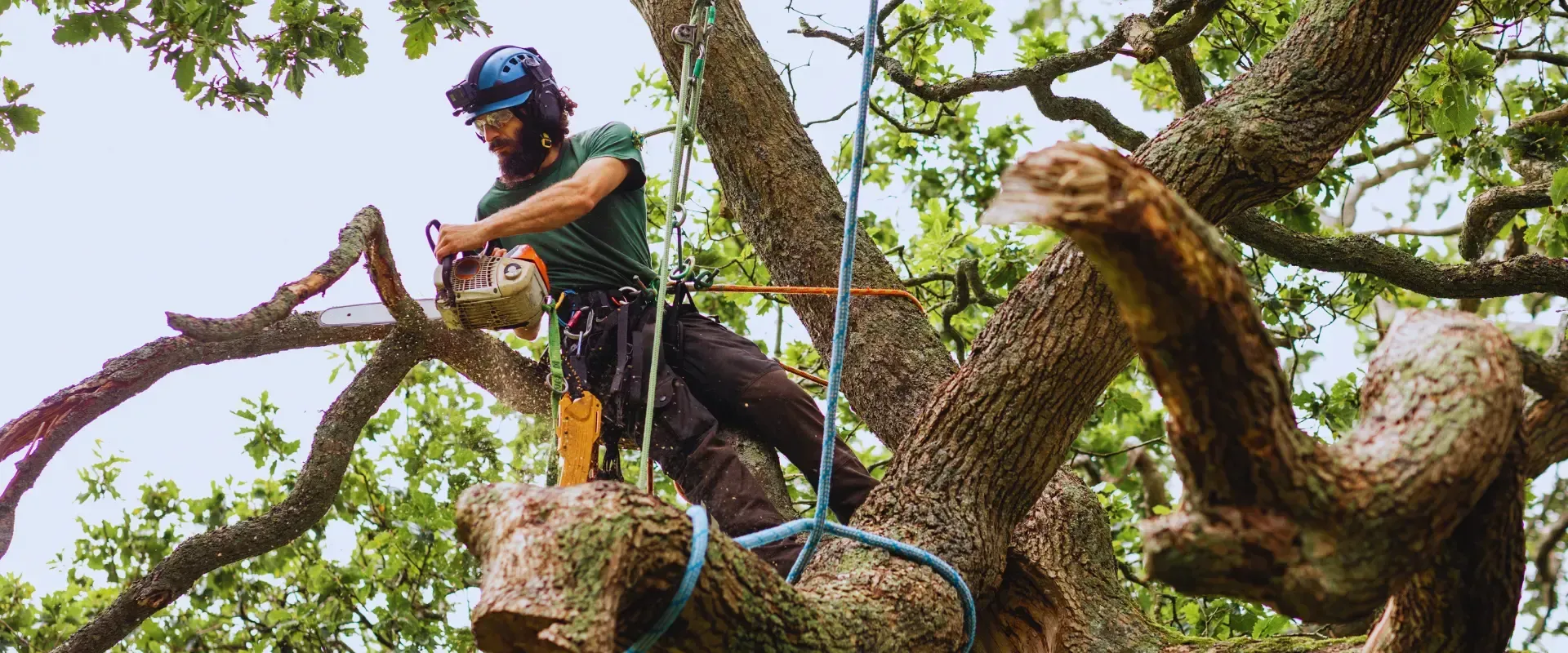
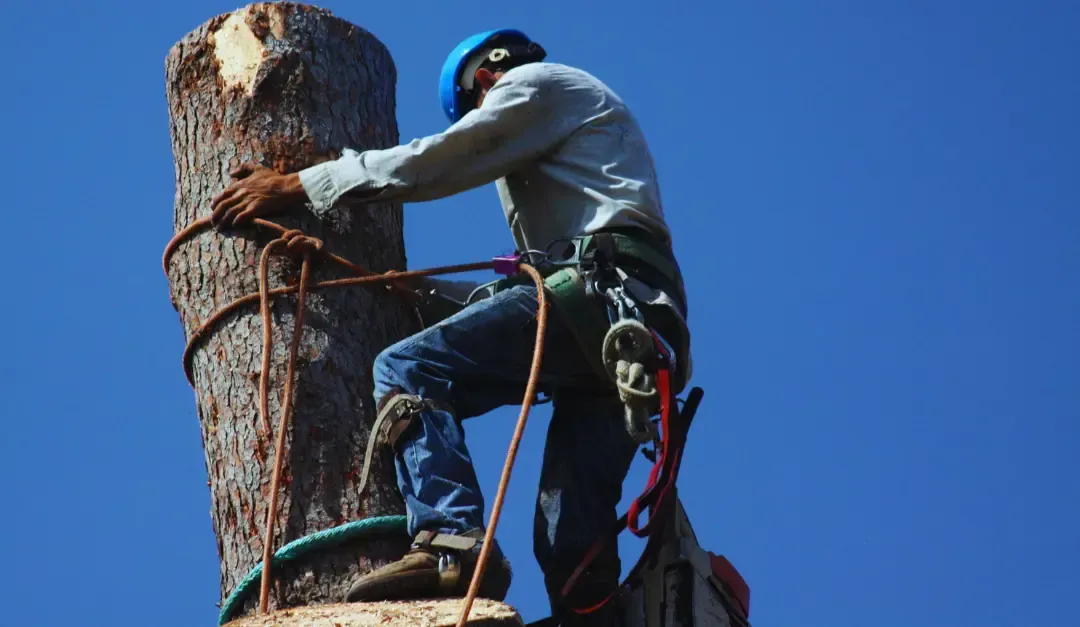
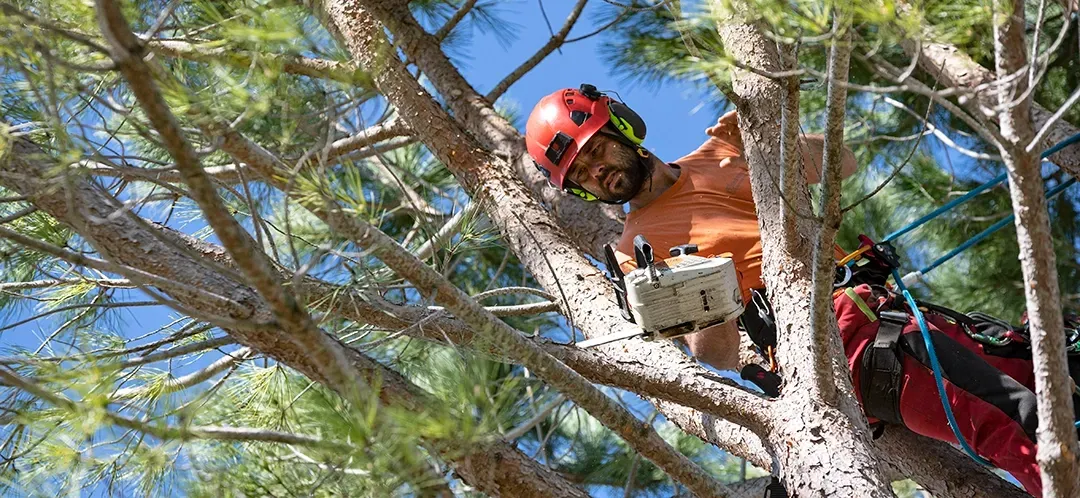
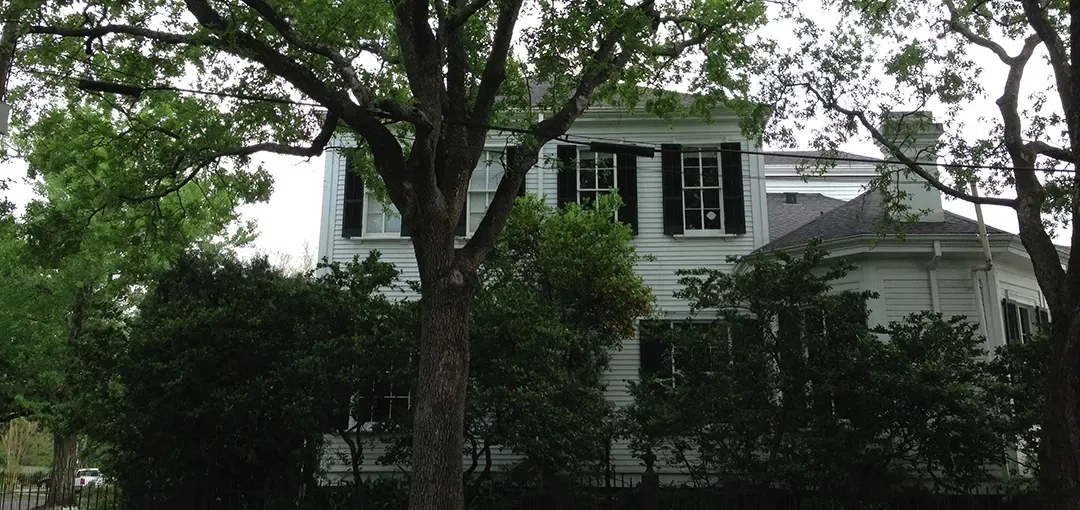
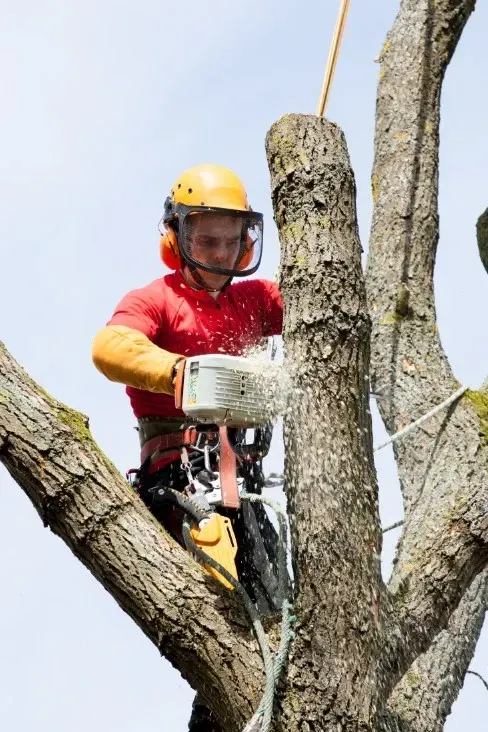
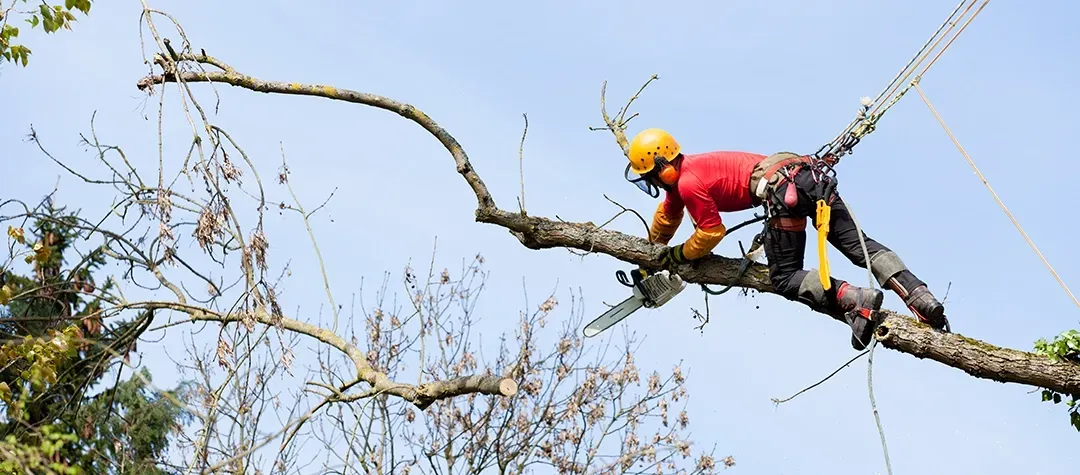
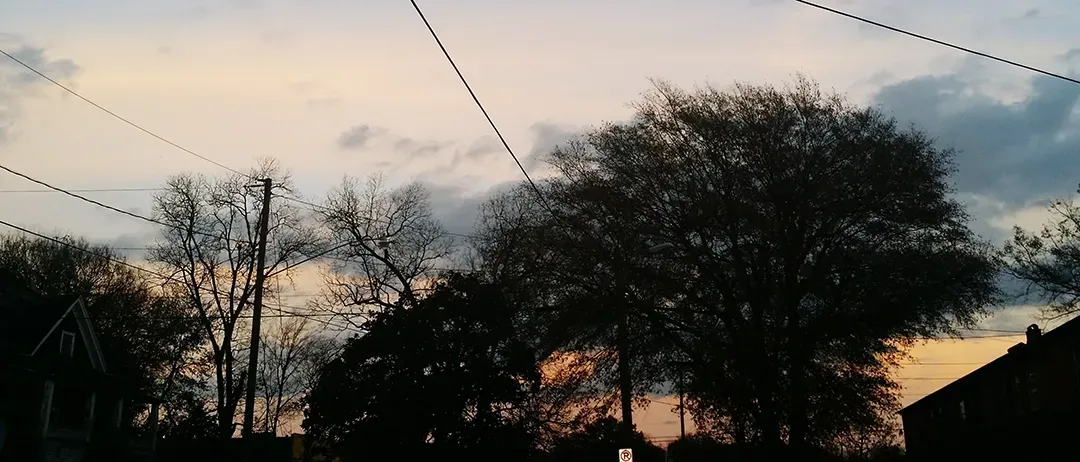
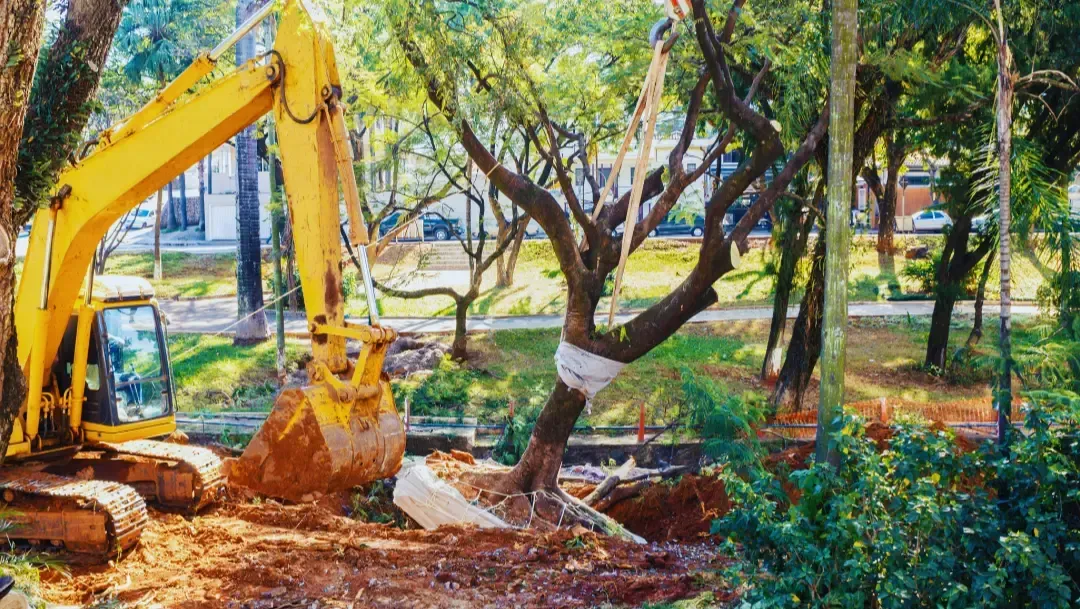
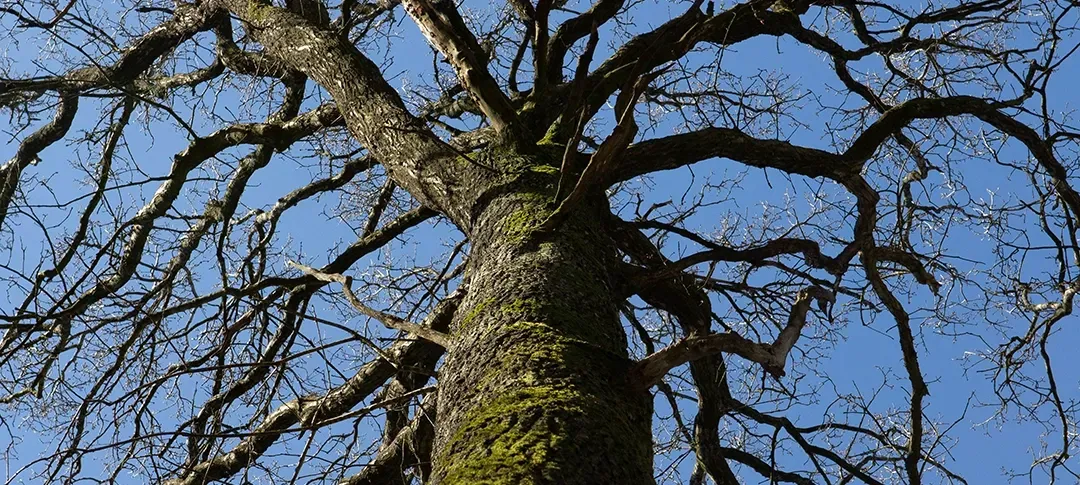
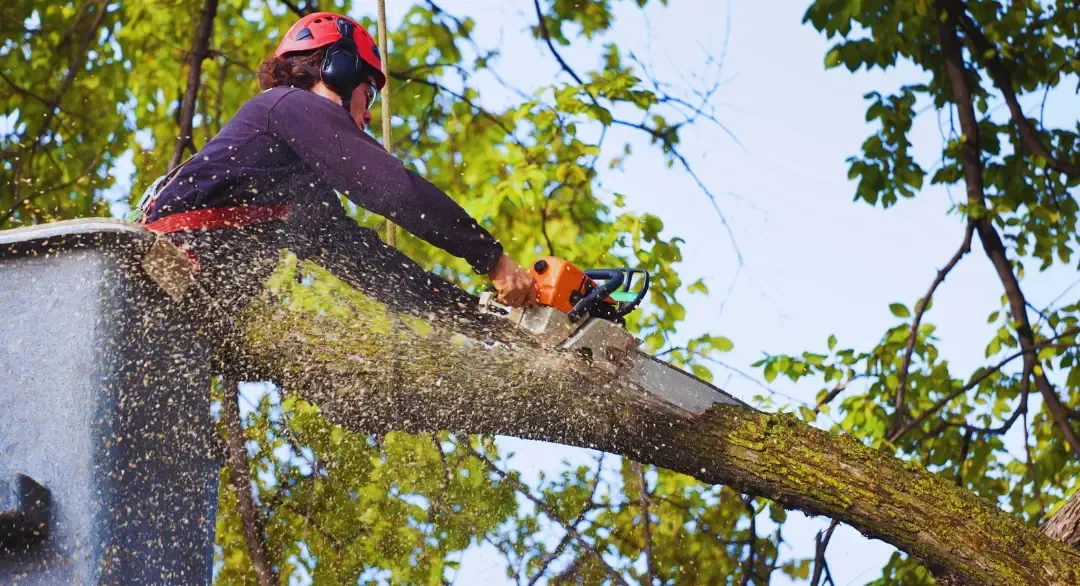
BUSINESS INFO
Business Address
Perfection Tree Specialist
- Claremont, CA
- Covina, CA
- Duarte, CA
- Glendora, CA
- La Verna, CA
Business Hours
- Monday : 7:00AM – 8:00PM
- Tuesday : 7:00AM – 8:00PM
- Wednesday : 7:00AM – 8:00PM
- Thursday : 7:00AM – 8:00PM
- Friday : 7:00AM – 8:00PM
- Saturday : 7:00AM – 8:00PM
- Sunday : 7:00AM – 8:00PM
Our company
At Perfection Tree Specialist, we take immense pride in our superior craftsmanship and unwavering commitment to your satisfaction. Our highly trained tree care professionals are equipped to handle even the most complex tree care tasks with precision and expertise. Every service we offer comes with a 100% satisfaction guarantee, reinforcing our dedication to exceeding your expectations. Your trust in Tree Service Specialist is paramount, and we're here to provide the exceptional tree care your property deserves. Discover why we're a trusted name in tree services today.
